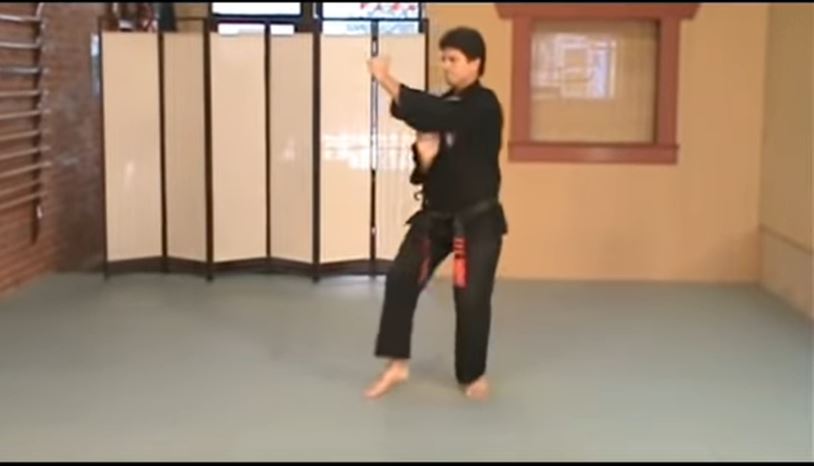What do you learn in most Martial Arts Classes?
Most martial arts classes are organized in different parts so as to offer a balanced workout and to ensure that students are learning the requisite material to cover their belt level curriculum. American Kenpo Karate organizes their workouts in the following learning blocks:
Meditation—
At the beginning of class, we always begin with a short meditation. This is particularly important because it helps the students transition from their life and thoughts outside of the studio, to their study of the kenpo.
Warmups—
At our studio warmups help prime you for the workout ahead by revving up your cardiovascular system by raising your body temperature, oxygenating your lungs, and increasing blood flow to your muscles. Warming up helps get the muscles ready for more explosive workouts, prevents injury and mitigates soreness later. Warm up exercises include isometric exercises like lunges, squats, stiff-leg raises, stretching, pushups, and abdominal work.
Basics—
Kenpo Karate Techniques are comprised of basics such as blocks, punches, kicks, chops, shuffles, step-throughs, and other maneuvers. Practicing the basics helps to develop automaticity so that they can be easily incorporated into newly learned techniques.
Kata and set practice—
Kenpo Karate includes Katas and/or Sets in the required curriculum for each belt level. Katas are choreographed movements organized to anticipate self-defense maneuvers. Sets teach some of the basics such as blocks, strikes, and kicks.
Self-Defense Techniques—
Kenpo Karate requires 24 Techniques per belt level after Yellow Belt. These self-defense techniques help protect against attacks such as punches, kicks, chokes, grabs, hugs, and locks. Practicing techniques with others (in contrast to practicing in the air) helps to ensure that the techniques are effectively applied to the opponent’s body.
Bag Work—
Since we cannot beat up our fellow practitioners (we all have to go to school or work in the morning!), bag work is essential because it allows you to strengthen your punches and kicks without hurting anyone. Bag work also helps to build cardio and endurance that will be needed for sparring.
Sparring—
There are different types of sparring, depending on the art. There are also different purposes for sparring. For example, point sparring hones a student’s ability to move quickly to strike a target, increase flow and reaction time (but not necessarily to disable the opponent). This is typically the type of sparring seen at karate tournaments. There is also continuous sparring, which takes the emphasis away from the speed and target and places more value on effectiveness and endurance and may involve freestyling. Both are useful and important in martial arts training and both help to simulate the stress of a possible real-life attack.
Overall, Martial Arts classes offer a full-body and mind workout that not only help you get physically fit, but also give you the confidence that you will be able to protect yourself should a situation arise.
Here is a demo of Long Form 4, which teaches defensive strategies against punching combinations and kick-punch combinations, as well as single strikes (punches or kicks). It also uses universal blocks and strikes.

